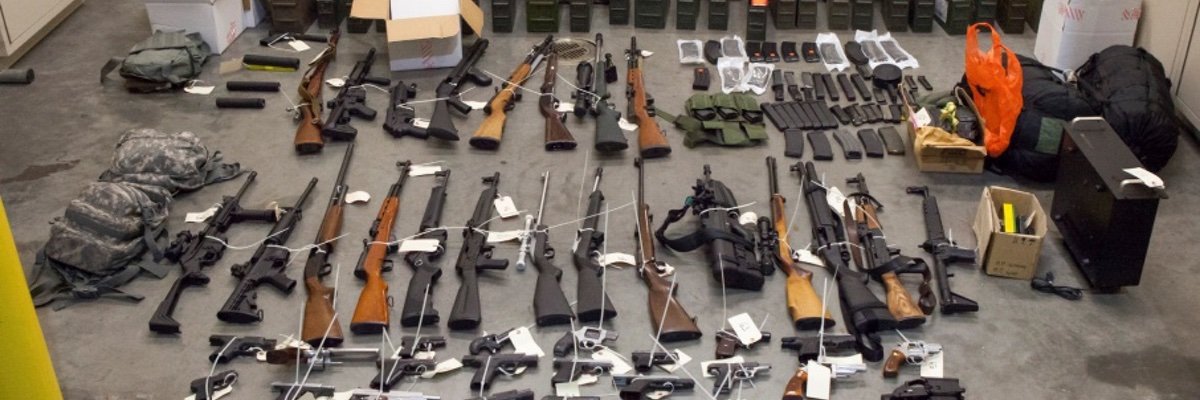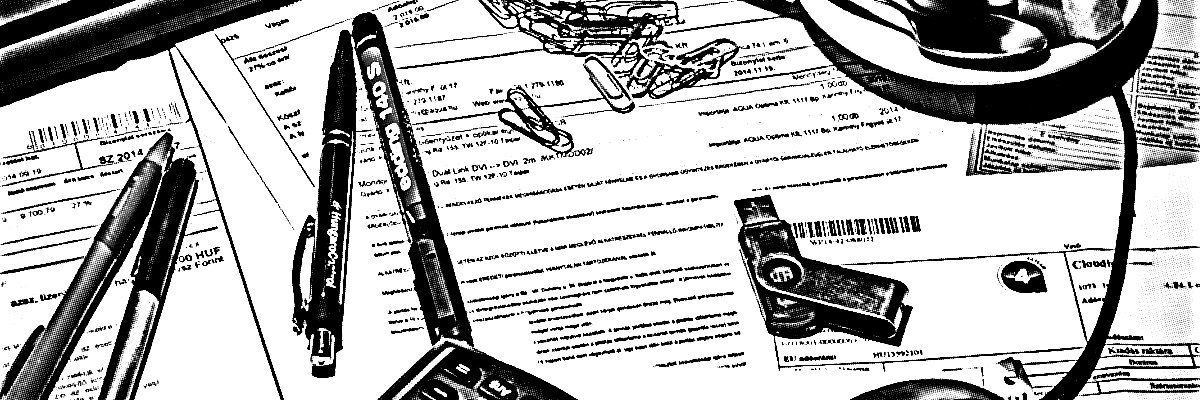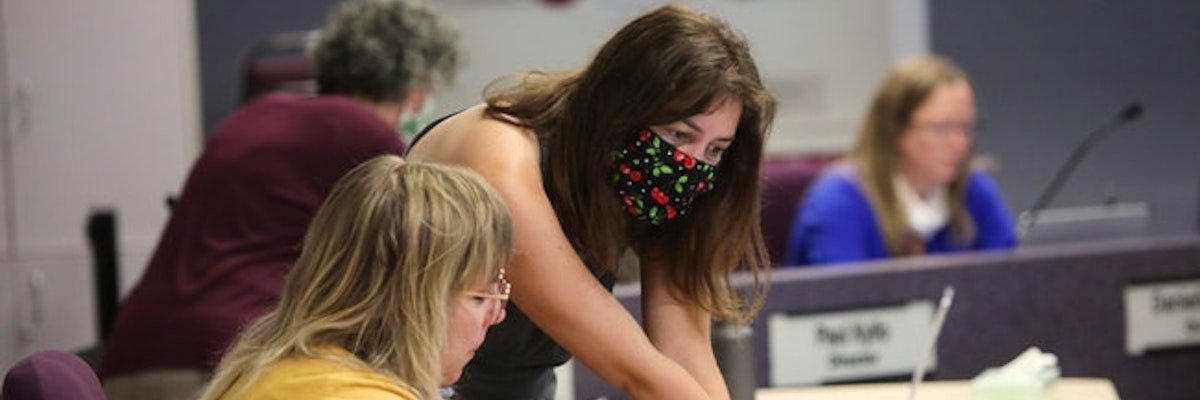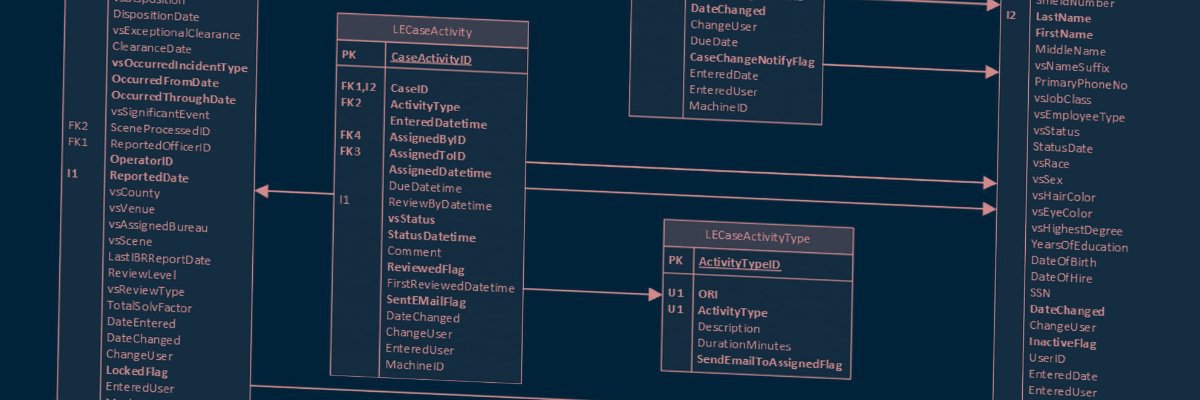
Over the course of over a year, Brian Freskos, the team at The Trace, and more than a dozen local NBC affiliates explored the link between stolen guns and violent crime. What they found was astonishing: Between 2010 and 2016, police recovered more than 23,000 stolen firearms, the vast majority of which were connected to crimes, including more than 1,500 carjackings and kidnappings, armed robberies, sexual assaults, and murders. Using public records, they were able to tell the story behind these stolen guns with a level of detail that had never been done. Ultimately, the team got data from over a thousand different agencies.
In some cases, like California and Florida, they were able to get that data from centralized state databases, but in most states they had to file hundreds of requests with individual police departments to begin to piece together the larger story. And even in California and Florida, they had to go back to get more data on the recovered guns which involved even more requests.
After all that painstaking work, they then shared all the raw and cleaned up data. They also put together a guide for others to follow up on their work.
In this Requester’s Voice, Freskos shares details about how they undertook the investigation and how others can follow up locally.
Gun theft has been an issue people have reported on before, but never at this scale. Why did you think there was a bigger story there then what had already been told?
When I was first brought on at The Trace in June of 2016, my editor approached me with a couple of ideas for a big story. One was diving deep into the stolen gun issue and looking at how stolen guns move from place to place and get used in crimes. No one had ever really looked at that before, and so I started doing some research. I found that at NBC in California, a reporter named Stephen Stock had looked at this issue, and he had done a big story where they had tracked some stolen guns to crimes. So I called him and actually talked to him about some of what they were doing and some of the ways that they were trying to do it, but they were just focusing on California. I thought, why don’t we do this nationally and start filing requests for this data all over the country?
So that’s how the national story got started and also how the NBC partnership got started. Stephen Stock was one of the reporters who we partnered with, and the NBC folks in California did a really great job of doing their own story that was focused on how guns flow into and out of California.
How did that collaboration work?
Yeah, well, it’s started very informally. It was just me and Stephen talking. Then my editor, Ben Hallman, went to a conference and met with Stephen and Lynn Walsh, who was a producer for NBC in San Diego. That’s when it got formal, and they were like, “Look, we have NBC stations all over the country.” We had already collected a lot of data from a number of cities at that point, but it was a huge, huge haul. Most of my day for those first six months or so was spent answering emails and phone calls from records officers and fighting with them when they were unwilling to give us the data that we needed.
We brought a bunch of reporters onboard, and we sent out a template request that we had been using. Then they started filing requests in their coverage areas. A lot of them, I think they filed it with every police department and sheriff’s office. If not everyone, nearly every one.
Then we had a drop box, and we shared absolutely everything. We shared the data. We shared interviews. Some interviews we conducted together. Once we got all the data into one place, we started cleaning it, making it all uniform, so that reporters could start working on the story even though the data wasn’t completely finished yet. Every Friday, we sent out a master sheet that had all of the data that we were able to clean and make uniform up until that point.
We sent out the master sheet, and then we also sent out a sheet that had what we called “matches.” Those were stolen guns that were later connected to some sort of crime. So reporters could look at the data and start to spot crimes involving stolen guns in their areas and start to then request police reports, court documents, and doing some more reporting. The data was really a launching pad to find victims of gun theft, victims of crimes involving stolen guns, perpetrators in crimes involving stolen guns, so that we could really build this end up story that looks like the issues.
You got really eye-opening NCIC data that showed the scope of this problem. What kind of details were you able to get from those local requests that made this story have more of an impact or helped you understand the issue?
The requests were in two parts. The first part was for the serial number, make, model and other identifying information about the gun that was reported stolen, as well as some information about the case, such as the case number, the date it was reported, the offense that was involved. Whether it was a home burglary or an auto burglary. And then the second part requested pretty much the same information, but for all guns that were recovered or seized or somehow taken in by the law enforcement agency. So what we did is we married those two data sets. We put them all together and we were able to look then at connections using the serial number and other identifying information for the gun. We were able to connect stolen guns to guns that had been recovered by a law enforcement agency.
And then the second part was taking that information and then filing requests for police reports and for court documents so that we could begin to look at some of the details both of how the gun was stolen and then of how it was used in a crime. Based off of those police reports and court documents then we could identify witnesses, victims, perpetrators, and other people who we could interview to really shape the entire story.
We were able to focus on the cases that hadn’t gotten a lot of news. And most of the cases that we covered, the fact that the gun was stolen had never been reported before in the news, in the media. So we were really able to kind of hone in on this facet of where the gun came from, and I think that really spoke to a lot of people.
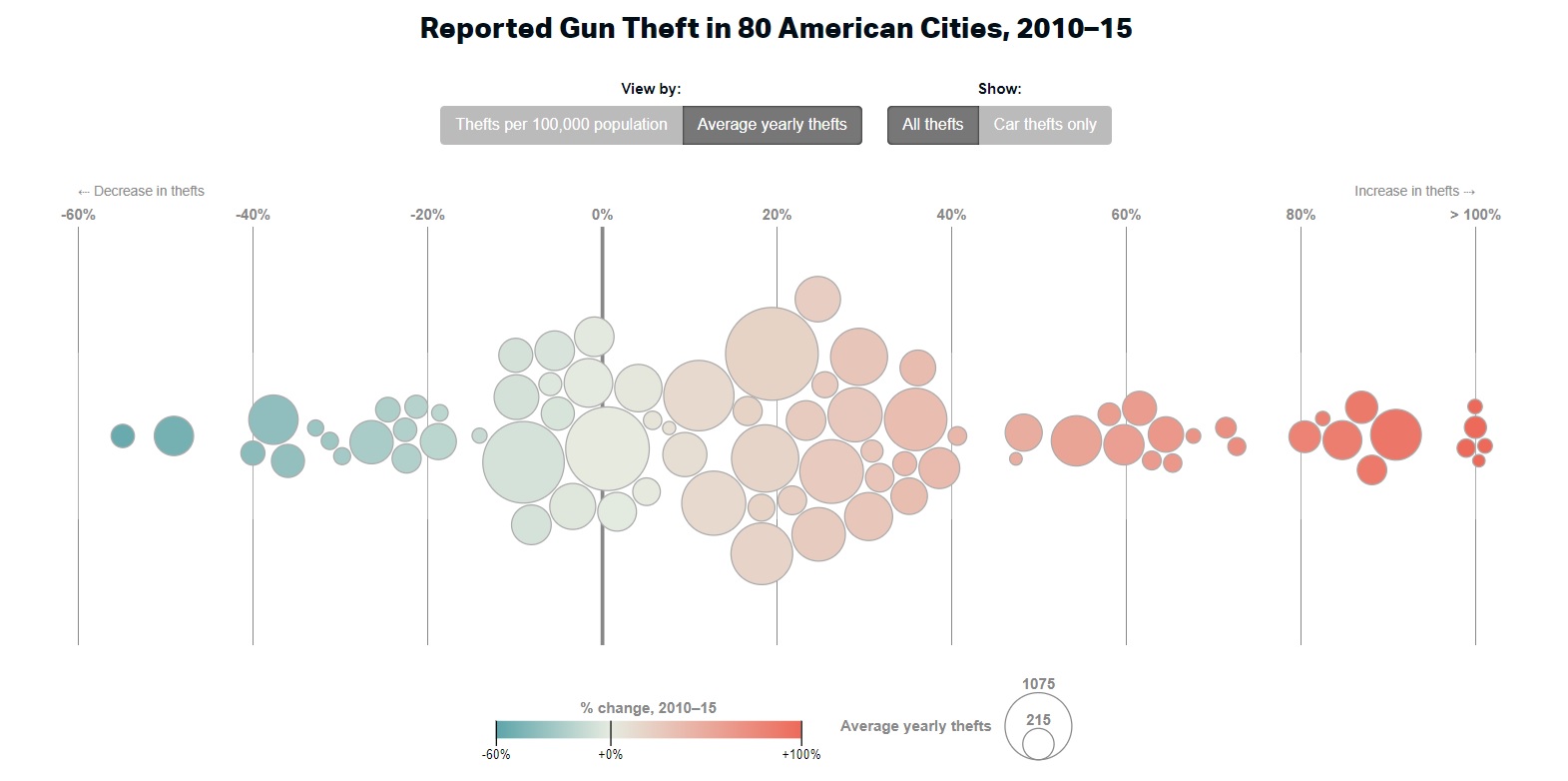
Image via The Trace
Why was it so important to have all of this information be so available? You share all the raw and cleaned up data in the story; what was the thinking behind that?
We wanted people to be able to see exactly where we got the information from. We felt that that really gave us the authority and credibility to talk about this issue. The second part of it was we wanted newsrooms around the country to be able to use this data to tell their own stories and to hopefully inspire others to collect data and collect police reports about these crimes. I do think that there are a lot of stories to tell in this space. You know, our data, a thousand law enforcement agencies, that only scratches the surface. There are a lot of cities and towns that we didn’t get. I think that is an opportunity for other reporters in their markets to leverage their relationships and their knowledge of their states’ public records laws to collect this data and these police reports, and to tell stories that have a huge impact in their own areas.
So to get to that point where you had that cleaned up data that you ended up sharing, can you talk a little bit about sort of like, what was that process? Was that kind of just going into Excel and kind of manually inputting stuff? What was that process like, of taking sort of the raw messy data and making it something that was more uniform and analyzable?
That was a huge, huge undertaking. When I was cleaning it I was focused mainly on the serial number portion and we had to go through that very carefully because serial numbers are the most important piece of identifying information on a firearm. And so I went through that cleaning out anything that wasn’t a serial number; like sometimes officers entered model numbers or patent numbers that appeared on the gun. They entered those as serial numbers. I also had to go through and clean out words; sometimes officers would put in “unknown,” or they would put in “missing,” or “defaced,” or “scratched off.” So I had to make sure all of that was removed.
Then when I handed it over to Daniel Nass, he went through and cleaned the entire “Make” column. That was very important because serial numbers can be duplicated across different makes. So for example, you can have a Glock with serial No. 12345 and a Smith & Wesson with serial No. 12345. So to be absolutely sure we had the same gun, we needed that “Make” column to be clean. And that was a huge undertaking for him because there are just a huge number of manufacturers. We know the big ones, like Smith & Wesson, Glock, Beretta. But there are a huge number of smaller manufacturers. So what we did is we used the FBI’s NCIC codebook; The FBI publishes a list. That’s for law enforcement so that they know how to input this data into their system and make it uniform so this data can be entered into NCIC. But we took that and we had to clean up all of their messes that they made, for lack of a better word, so we could be sure that we were looking at the same gun when we tried to match these records together.
I would say the data cleaning, you know we spent more than a year working on this. The data cleaning and the records request probably took up a majority of that.

Image via The Trace
In addition to the main piece, you put together an article on how to investigate this issue in local communities, emphasizing how to put gun violence in better context. What do you think newsrooms should be doing to tell better stories about the gun beat versus what many local newsrooms are doing today?
One thing that I often see missing from news stories about shootings is where the gun came from. I would like to see more stories that actually trace the gun back to its source. Like I said, a lot of the cases that we looked at, even if there had been news coverage about it, there is no mention that we can find of the gun being stolen. And I think that that’s an important piece of this, because it shows how these guns move from the legal to the illegal marketplace and then wind up being used in crimes.
The other thing that I think reporters should do is look at how laws may impact this. So there is some research out of Harvard and Northeastern Universities that showed that people who carried guns in public or stored them in their cars were many more times likely to have experienced a gun theft. And what we’ve seen in a number of states is lawmakers roll back laws around carrying guns in public and storing them in cars to actually to almost implicitly encourage that behavior, make it easier to do and that is contributing to the problem of stolen guns.
Have you seen much feedback from legislators from other people who can have an opportunity to change this?
We have received some feedback. I have been contacted by a Congress member and I have spoken to other lawmakers who are interested in introducing bills that may help prevent guns falling into the hands of thieves. I’m not at a position right now where I can name those individuals yet. But I think that there will be some action around this issue in the coming weeks and months.
Anything else you think people should take away from your piece
We hope that people use the data, and request more data in their areas. If we can be of any help, we’re here. I was contacted by a reporter in Kansas who has already started filing requests for some data in her communities and she was going to share that with us so that we can use the expertise that we garnered over the last year to help analyze it. So we’re always open to working on partnerships like that.
Read The Trace’s story on how gun theft is fueling violent crime, examine the raw data, and read their guide to following up locally. You can also see many of the requests that were used to report this story on Brian Freskos.
Header image via Seattle Police Department.
